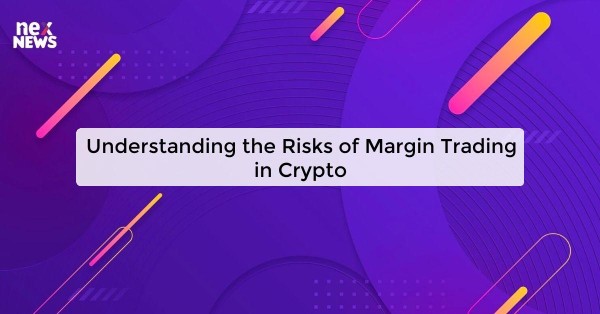Risks Associated with Margin Trading in Cryptocurrency
Margin trading in the cryptocurrency market comes with its own set of risks that traders need to be aware of. One of the main risks is the potential for significant losses due to the leveraged nature of margin trading. While leverage can amplify gains, it can also amplify losses, leading to a rapid depletion of funds if the market moves against a trader's position.
Another significant risk in margin trading is the possibility of liquidation. When a trader's position falls below a certain threshold, known as the liquidation price, the exchange may automatically close the position to prevent further losses. This can result in a complete loss of the initial investment and any additional funds used as leverage, highlighting the importance of careful risk management when engaging in margin trading in the volatile cryptocurrency market.
The Potential for Significant Losses
Margin trading in the cryptocurrency market offers the potential for significant gains, but it also comes with the inherent risk of substantial losses. Traders use borrowed funds to amplify their positions, which can lead to swift and drastic capital erosion if the market moves against them. The use of leverage in margin trading magnifies both profits and losses, making it a high-stakes endeavor that requires careful risk management.
One of the key reasons why traders face the potential for significant losses in margin trading is the liquidation risk. If the value of the assets used as collateral for the borrowed funds falls below a certain threshold, the position may be forcibly closed by the exchange to prevent further losses. This can result in a loss of the entire investment, leading to devastating financial consequences for the trader.
Leverage Amplifying Both Gains and Losses
When engaging in margin trading, one of the critical aspects to consider is the use of leverage, which can significantly impact the outcome of a trade. Leverage works by multiplying a trader's position beyond their initial investment, thereby amplifying both potential gains and losses. While this can magnify profits in a favorable market, it also exposes traders to higher risks and the potential for substantial losses.
Traders need to understand that the higher the leverage used, the greater the risk involved. While leverage can offer the opportunity for increased profits, it also amplifies the impact of price movements in the opposite direction, leading to more significant losses. Therefore, it is crucial for traders to carefully manage their leverage levels and be mindful of the potential risks involved in margin trading, especially in volatile cryptocurrency markets.
Liquidation Risk in Margin Trading
Margin trading can be a risky endeavor in the volatile world of cryptocurrency. One of the key risks that traders face is the possibility of liquidation, where their position is forcibly closed by the exchange due to insufficient funds to cover potential losses. When trading on margin, traders borrow funds from the exchange to increase their buying power, but this also amplifies the risks as even a small adverse price movement can trigger liquidation.
Liquidation risk arises when the value of the assets in a trader's margin account falls below a certain threshold, known as the maintenance margin. In such cases, the exchange may intervene and liquidate the trader's position to prevent further losses. This can happen swiftly during sharp market movements, catching traders off guard and leading to significant financial losses. It is crucial for traders engaged in margin trading to closely monitor their positions and have a solid risk management strategy in place to mitigate the chances of liquidation.
Market Volatility and its Impact on Margin Positions
As cryptocurrency markets are known for their high volatility, margin trading in this space can be particularly risky. When market prices experience sudden and drastic fluctuations, margin positions can be greatly affected. This can lead to margin calls, where traders are required to either deposit additional funds or see their positions liquidated.
Furthermore, the use of leverage in margin trading can amplify the impact of market volatility on positions. While leverage can potentially increase profits in favorable market conditions, it also significantly increases the risk of losses during periods of volatility. Traders need to carefully consider the potential for significant losses when employing leverage in margin trading, especially in such a volatile market environment.
